Improvising Eye – An Interview with Lucas Blalock
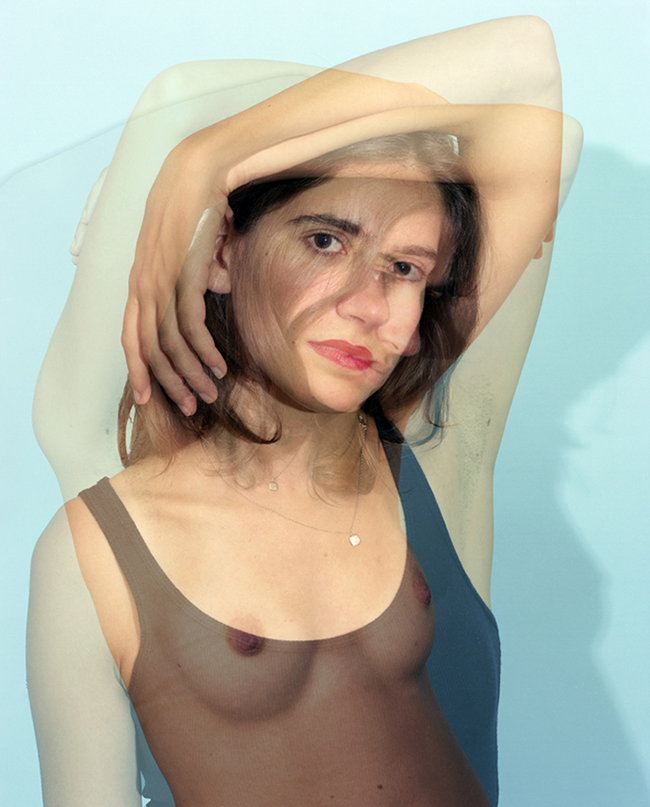
Photography is a medium that stands at the intersection of some widely varying disciplines; indeed, it often works across them simultaneously. These uses, as a network of visual (and historical) associations, are subject to constant revision, which brings an associated complexity to its multiple roles that no single definition can account for – photography is too elusive a subject to be addressed in that way. Furthermore, a shift in technology has forced the reconsideration of exactly what a ‘picture’ is and how the medium can be understood in light of this fundamental instability. As a result, there has been a groundswell of artists responding to these developments and Lucas Blalock must be considered prominently among them, placing, as he does, these newly revealed dimensions of the medium within an explicitly formal context, while also retaining a certain delight in the strange contradictions of the photographic image and its endless capacity to surprise. His is an improvising eye.
However, this notion of a formal ‘continuity’ might seem to be at odds with the rather irreverent impression that Blalock’s work initially makes. In fact, what he does is thoroughly grounded by a sustained dialogue with the uses of photography in a broad assortment of contexts, for an expanded view of those conditions that shape how a photograph can work as a sort of nodal point around which any number of cultural narratives revolve. It is precisely an awareness of these discursive structures and his rather wilful interference in how they present themselves photographically that lies at the heart of what Blalock does. But it is not that alone; rather, by appropriating the coded vocabularies of commercial and still-life photography and then completely rewriting their ‘informational’ surface, he means to show what restless energies, both cultural and visual, can be harnessed within the frame. In this regard, Blalock’s experimentation has a largely unpredictable outcome, one that is not wholly given by its starting point. Instead, the materiality of his subject matter dictates the logic in the picture, returning a displaced sense of physical presence to the medium.
The function of these objects is not just metaphorical either, as it would be in a traditional (painted) still-life; instead they become here both the pretext for a set of questions about the medium and the space in which those questions play themselves out. Arguably more prominent too in recent work are the layers of digital intervention that extend Blalock’s concern with the studio as a site of production into the virtual realm. He is, in effect, using the implicit ‘seamlessness’ of the technology against itself. But to say that he ‘manipulates’ the pictures in this way is misleading, in so far as it suggests there is some use of photography that is fundamentally neutral or without precondition. These interventions can be read, then, as an attempt to complicate the nominal connection between a photograph and what we think of as being its subject in order to reveal how these assumptions have shaped our understanding of photography itself.
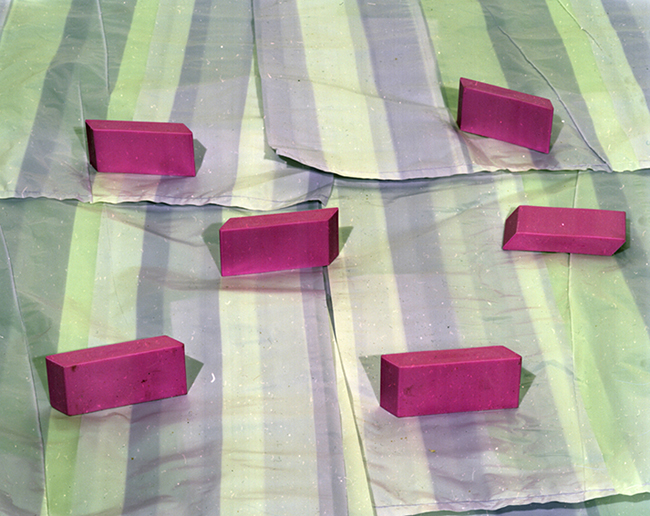
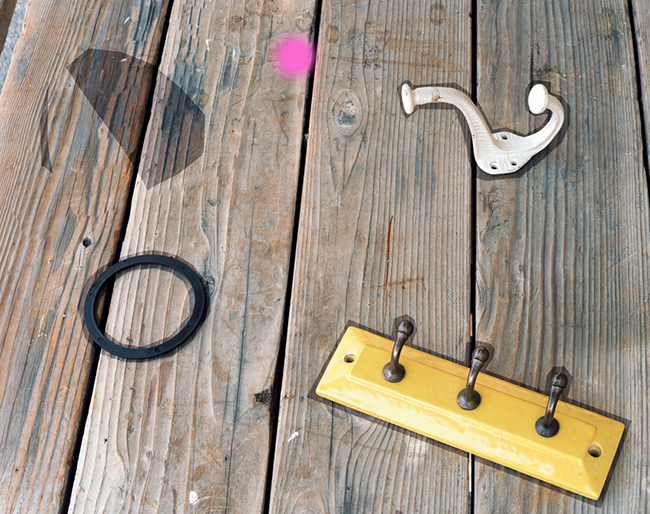
The last few years have seen a notable rise in the number of artists pursing a specifically studio-based practice, which, in many ways, your own work anticipates. What do you see as being the driving force (or forces, even) behind this re-consideration of the studio as a site of production?
I think the studio has long been a tool to look at the medium itself and explore its properties. This kind of work has probably been particularly popular of late, because the shift to a digital platform has re-imagined what those fundamental properties are.
What, then, is the significance of ‘the studio’ and its tropes in your own work?
For me it acts as this kind of site, but I figured that out only after I had already begun. Initially the studio pictures were a response to wanting to have a picture-making practice with a full time job and a small NY apartment.
You seem to repeatedly make use of materials that are blatantly synthetic and which can perhaps be read as a parody of their nominal counterparts in the still-life tradition. Are the materials selected more for their visual properties or is there some implicit relation to the output of a globalised consumer economy in your choice of subject matter?
I am not sure I could say one or the other; they feel like two sides of the same coin to me. I think we can say that there was a stage in capitalism when the quality of the object sold was as valued as its relative ease of exchange, and that classic advertising photography is the picturing of this condition. A good deal of my work has been involved in extending the logic of this kind of picture making into the present, which is sort of perverse. You end up lavishing all kinds of attention on goods never intended for this kind of scrutiny. It does produce a rather oblique picture of our consumer economy as well as, at times, suggesting an uncanny other. And probably more to the point, I do find myself interested in objects that feel wrongly situated in front of the camera.
Utilising various digital tools to intervene in the image has increasingly become part of your pictorial vocabulary. You undoubtedly do seem to be addressing this relatively new photographic environment, so do you see what happens in that virtual space as being in some ways a continuation of what happens in the studio?
I do. I think about the contemporary photograph as a picture made with an assisted camera. This is an apparatus that includes both the camera and the digital processing of the computer. For me Photoshop is not a post-production tool but a stage of production. Thirty years ago we assigned a different value to a photograph because we understood it to be made in a certain way and now we are coming to deal with a new set of terms. For me, the digital play is a making visible of a layer that we are tacitly aware we are constantly seeing through (when looking at photographs), but which, in most cases, promotes a sense of naturalism even if the image is somehow unbelievable. The strangeness of interrupting the ‘natural view’ is interesting to me partly because it seems that it is this sense of naturalism that we have come to associate with the photographic.
Despite the appreciation of your still-lives, the human figure also plays an important, though perhaps sometimes underestimated, role in your work. Do you see this as being related to ‘portraiture’ in the conventional sense or is it more about examining the particular dynamics of that genre?
Those are more pictures of people than portraits, but there is a relation to the history of portraiture. They are not about seeing someone’s innards, but they are bound up with their subjects in a way that is important. If I were to talk about the object pictures I would say that the picture is not ‘about’ the object but at the same time couldn’t be made without it – the qualities of the object and the situation make the picture possible. In some ways this is a totally redundant thing to say about a photograph, but I think it also describes the way I work.
It might be too general a question, but is there anything you feel that has been as yet unexplored in your work and which you might consider in the future?
Yes, there certainly is, but it is hard to say exactly. I feel like new territory is always an act of invention – it’s hard to see before you get there.
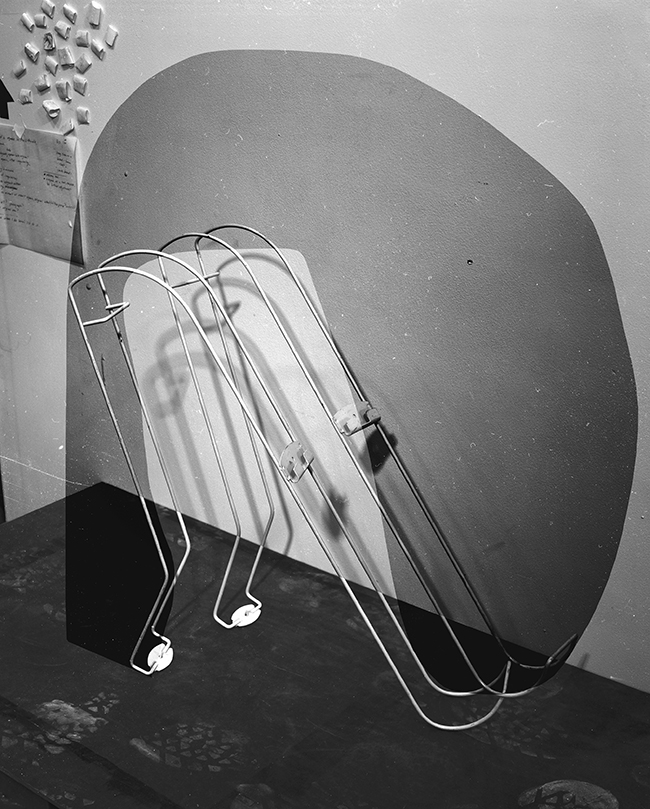
Picture for Sculpture, 2012, 36 x 29 in, Silver gelatin print, Courtesy White Cube 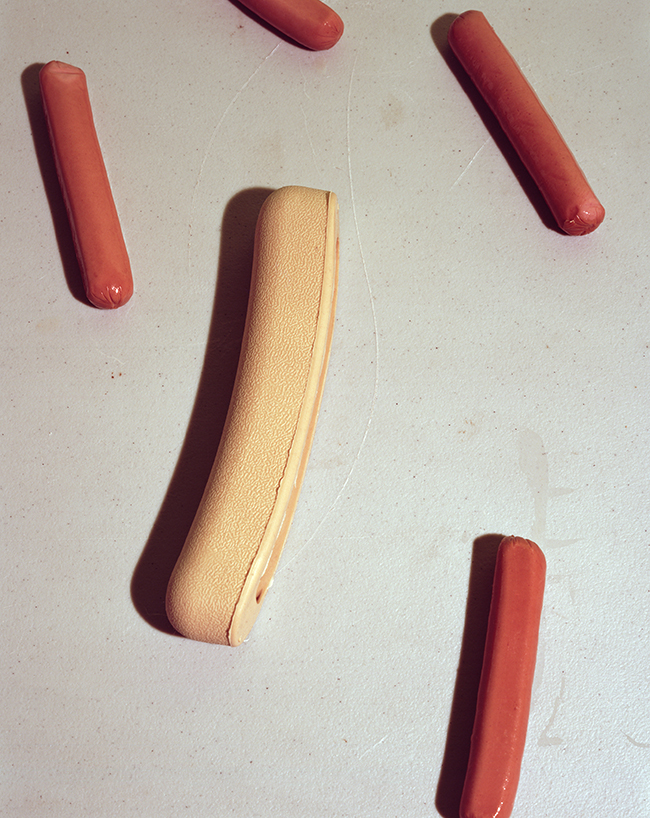
Hot Dogs, 2012, 34 x 27 in, Chromogenic print, Courtesy White Cube 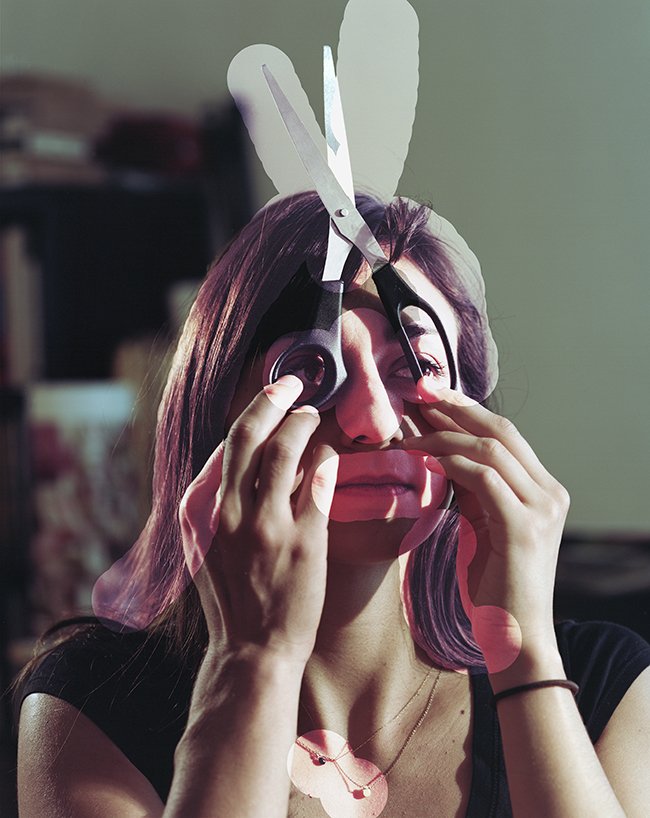
Gabriela as a Bunny, 2012, 52 x 41 1/4 in, Chromogenic print, Courtesy White Cube 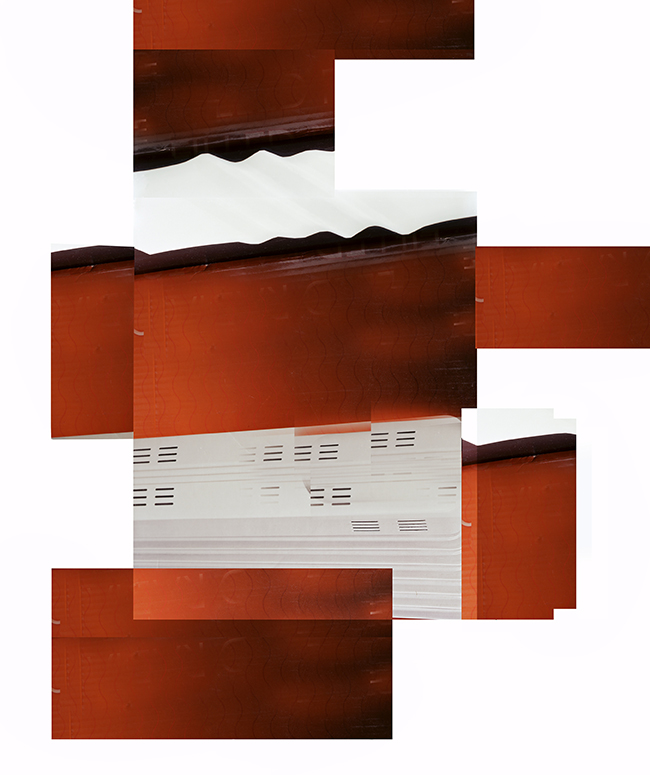
Box, 2010-2012, 50 x 42 in, Chromogenic print, Courtesy White Cube 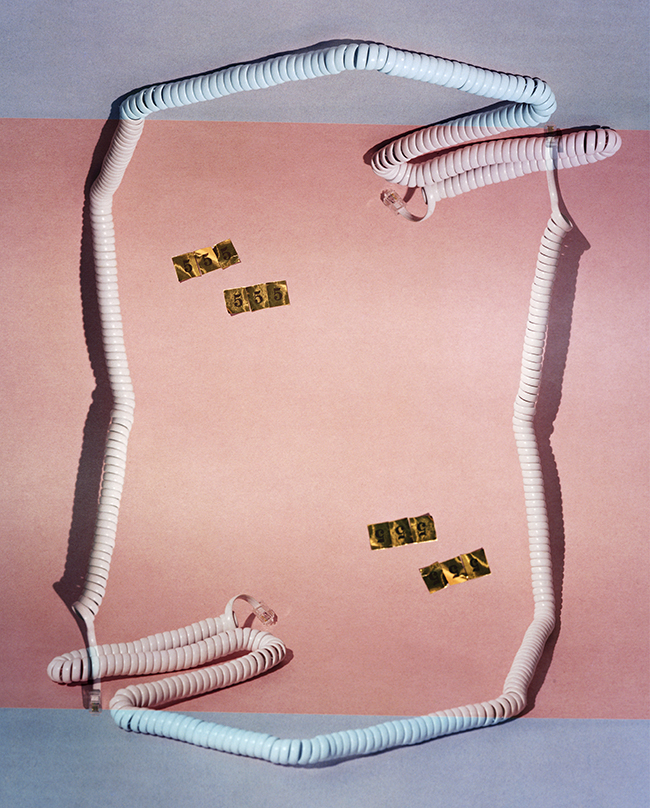
555-555, 2012, 43 x 34 1/2 in, Chromogenic print, Courtesy White Cube
Lucas Blalock is currently showing some new work in the North Gallery I, Inside the White Cube, until 7 July 2013.
